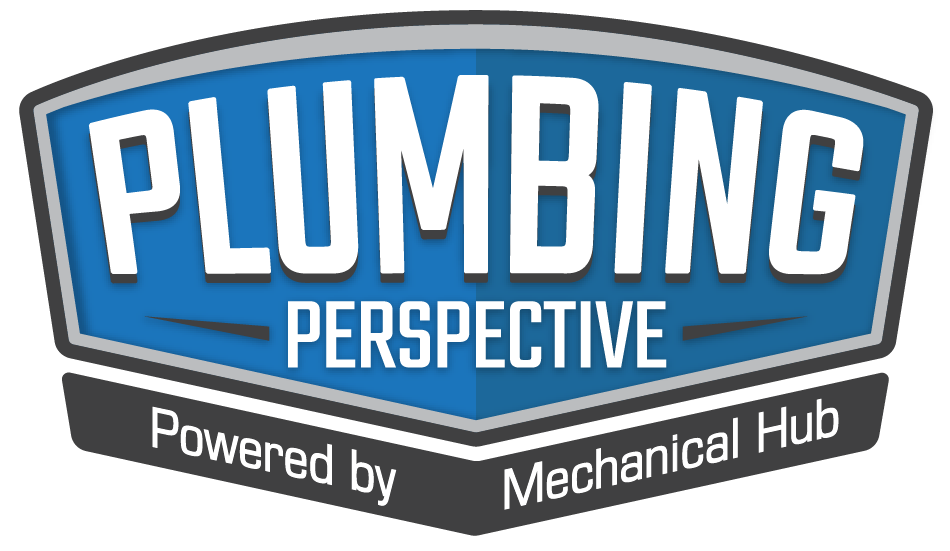Propane heating systems have an edge when it comes to comfort, efficiency, and emissions On average, more than half of a household’s annual energy consumption is used for space heating and air conditioning, according to the U.S. Energy Information Administration (EIA). Seasonal and energy-intensive uses can vary based on geographic location, home size and structure Read more
heating
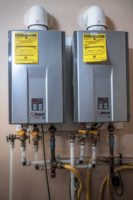
Propane heating systems have an edge when it comes to comfort, efficiency, and emissions
On average, more than half of a household’s annual energy consumption is used for space heating and air conditioning, according to the U.S. Energy Information Administration (EIA).
Seasonal and energy-intensive uses can vary based on geographic location, home size and structure, and energy sources used. Because of higher space-heating demand, homes in the Northeast and Midwest regions consume more energy on average than homes in the South and West regions, for example. Additionally, larger homes and families tend to use more energy overall than smaller households.
There are more options than ever for home heating, and there are several different factors to take into consideration when selecting the best system for your customers. Whether your customers are looking to reduce energy consumption and costs, decrease their carbon footprint, or enjoy more comfortable home heating, propane-powered systems can provide a reliable solution for homeowners across the country. According to data from the Propane Education & Research Council (PERC), more than 7.5 million households rely on propane for primary or secondary home heating.
Here are three key advantages of propane-powered systems to share with your customers next time they ask about home heating solutions.
Homeowners can save more on energy costs with propane
The efficiency of a home heating system can greatly impact its utility costs. For homeowners looking to reduce their energy consumption — and their bills — high-efficiency propane furnaces are a great choice. Propane furnaces offer best-in-class efficiency, with ratings from 90 to 98 percent. Further, ENERGY STAR-qualified propane furnaces are up to 15 percent more efficient than standard propane models and can save up to $75 in energy costs each year, according to data from PERC.
In a comparative analysis of residential heating systems, Newport Partners, LLC examined the performance of seven heating systems in 16 different locations for new and existing homes. Each system was analyzed and compared in terms of its first cost, energy cost, emissions, and simple payback period. The research revealed several cost advantages to selecting a propane furnace, including low annual energy costs. Notably, the annual energy costs of a high-efficiency propane furnace were $1,650, which is 10 percent lower than standard-efficiency ASHPs and 14 percent lower than heating oil furnaces. When used as a backup for an air- or ground-source heat pump system in the place of electric heating coils the efficiency of the systems is also improved and further protects homeowners from rising utility costs when temperatures drop.
Beyond annual energy costs, propane systems offer more competitive upfront costs and payback periods, too. High-efficiency propane furnaces typically cost less to purchase and install than heating oil and ground-source heat pump systems. Additionally, homeowners purchasing a high-efficiency propane furnace for a new home in a cold climate could recoup their initial costs in two years due to low equipment and energy costs. By contrast, it could take a homeowner more than 20 years to recoup the initial cost of a ground source heat pump system through energy savings.
Propane systems provide warmth and comfort
Comfort can often be a deciding factor for homeowners. They want systems that can provide comfortable, consistent heat. Fortunately, propane furnaces are perfect for eliminating cold pockets in a home. These systems heat air to a higher initial temperature, getting to a homeowner’s desired temperature faster and maintaining it more effectively.
Because propane-powered furnaces heat air to 115–125 degrees Fahrenheit, they make the indoor air feel warmer and more consistent than heat from air source heat pumps (ASHPs), which often supply temperatures lower than 100 degrees Fahrenheit and are more affected by cold outdoor temperatures.
Propane systems support environmentally-conscious customers
When making decisions for homeowners heating systems remember those customers are placing more of a priority on reducing their carbon footprint. One way that homeowners can decrease emissions is by having their home’s systems and appliances run on propane instead of electricity.
According to data from PERC, residential propane furnaces can emit up to 50 percent fewer greenhouse gas emissions than electric furnaces and 12 percent fewer greenhouse gas emissions than fuel oil furnaces. Further, propane-powered furnaces produce up to 35 percent fewer nitrogen oxide (NOx) emissions and 82 percent fewer sulfur oxide (SOx) emissions than electric furnaces. And in colder and mixed climates, high-efficiency propane-fueled furnaces produce at least 26 percent fewer carbon dioxide emissions compared to standard-efficiency electric air-source heat pumps. It is extremely important for you to be prepared to educate your customers about these differences and not leave them out in the cold.
To learn more about the benefits of propane heating systems, visit Propane.com/Furnaces-Boilers.
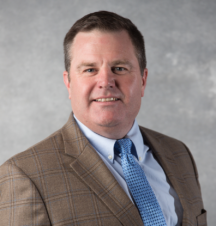 Bryan Cordill is director of residential and commercial business development for the Propane Education & Research Council. He can be reached at bryan.cordill@propane.com.
Bryan Cordill is director of residential and commercial business development for the Propane Education & Research Council. He can be reached at bryan.cordill@propane.com.
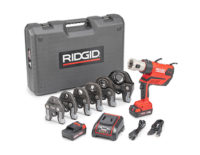
The RP 350 features a brushless motor, no service interval downtime and 360-degree swiveling head. RIDGID®, part of Emerson’s Professional Tool group, is adding even more versatility to its line of trusted press tools with the introduction of the RP 350 – an advanced, long- running press tool that’s built for the most demanding jobsites Read more
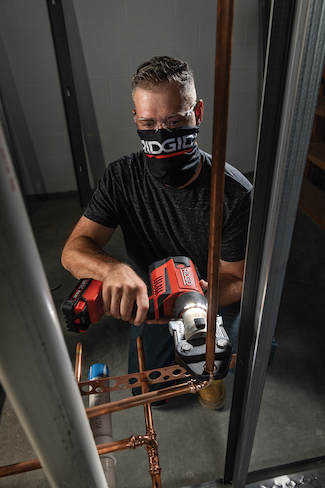 The RP 350 features a brushless motor, no service interval downtime and 360-degree swiveling head.
The RP 350 features a brushless motor, no service interval downtime and 360-degree swiveling head.
RIDGID®, part of Emerson’s Professional Tool group, is adding even more versatility to its line of trusted press tools with the introduction of the RP 350 – an advanced, long- running press tool that’s built for the most demanding jobsites. Engineered to be five percent lighter and almost three inches shorter than its predecessor, the RP 350 eliminates scheduled service intervals for less downtime and features a brushless motor, 360-degree swivel head and most advanced LED interface and lighting.
“RIDGID has been the leader in press technology for decades, and we’re excited to give tradespeople even more options for connecting pipe quickly, safely and with less fatigue,” said Michael Provenzano, global product manager, press connections, RIDGID. “We’ve already heard from contractors who previewed the RP 350 at the AHR Expo that the tool exceeds their expectations and they are excited to upgrade their pressing capabilities on the jobsite.”
Weighing only eight pounds with the battery, the RP 350 features an advanced brushless motor, known for maximizing tool longevity, efficiency and durability. The tool’s 360-degree swivel is an industry-first and comes paired with brightest-in-class LED lights to let users not only access tight spaces – but see them more clearly in low-light applications.
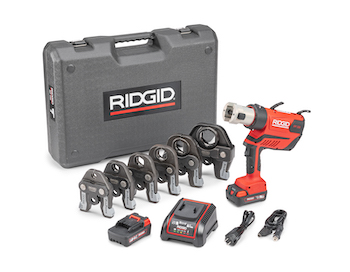
“The RP 350 is designed for contractor ease of use, not only from the standpoint of creating a quality press, but also to minimize contractor fatigue when using the tool,” said Don Embree, manager, industrial design – professional tools, Emerson. “Every feature we built into the tool helps put less impact on the body – for a more productive day and to reduce muscle fatigue.”
Ideal for making connections on residential, commercial and industrial jobs, the RP 350 is compatible with the full line of RIDGID jaws and rings, including: 1⁄2 – 4-inch ProPress® for copper and stainless steel, 1⁄2 – 2-inch PureFlow® for PEX, and 1⁄2 – 2-inch MegaPress® for carbon steel. It also offers maximum versatility, pairing with the RIDGID Press Booster for 2 1⁄2 -inch, 3-inch, and 4-inch carbon steel, StrutSlayrTM Strut Shear Head and the Press SnapTM Soil Pipe Cutter. The tool’s 18V battery platform includes a car charger for on-the-go battery charging; the unit also pairs with the RIDGID Link app to track tool usage, service needs, battery life and last known location. All RIDGID press tools, including the RP 350, come with the RIDGID Full Lifetime Warranty.
To purchase or learn more about the RP 350 and its accessories or other press tool products, visit RIDGID.com, or call toll-free: 1-800-4RIDGID.
Top water heating and storage manufacturer and trade organizations share concerns about aging blue-collar workforce. Ambler, Pa. — As global economic disruption accelerates during the ongoing coronavirus pandemic, leaders in manufacturing, distribution and residential and commercial services are calling attention to overlooked career opportunities in the traditional skilled trades and urging an industry-wide focus on workforce Read more
Top water heating and storage manufacturer and trade organizations share concerns about aging blue-collar workforce.
Ambler, Pa. — As global economic disruption accelerates during the ongoing coronavirus pandemic, leaders in manufacturing, distribution and residential and commercial services are calling attention to overlooked career opportunities in the traditional skilled trades and urging an industry-wide focus on workforce development to close the skilled trades labor gap and recruit a new generation of young workers.
“For young people who are seeking a rewarding career but don’t feel like four years of college is the best choice for them, there are some tremendous advantages to seeking a career in the traditional skilled trades, from good starting salaries and job security to a variety of opportunities for advancement,” said Carl Pinto Jr., senior director of marketing communications, Bradford White Corporation.
“Unfortunately, many high school students and recent graduates who would thrive in our industry never consider a career in the trades. This is due in part to the overwhelming message that is being delivered through a variety of channels — college is the only path to success. But recent circumstances have highlighted the fact that manufacturing and residential and commercial service jobs are a critical part of the national economy. Lockdowns and social distancing have created challenges for the industry, but HVAC service and clean hot water have proven to be necessities during a pandemic. An overwhelming number of manufacturers and contractors were quickly identified as essential services and have been operating continuously since the COVID-19 outbreak began.”
Pinto and other experts share a concern about the demographics for manufacturing, distribution and skilled trades jobs.
“Everyone has a sweet spot in life and a unique path toward finding the career that best suits them,” said Rep. Tim Walberg of Michigan. “For some people this might mean pursuing a four-year degree, while for others an apprenticeship might be the answer. Whatever that path may be, it is critical that we look for innovative ways to provide educational opportunities for America’s workers and ensure our workforce is prepared for the good-paying jobs of the 21st century.”
According to the American Supply Association, approximately half of the people in those industries are at or nearing retirement age, but only 4% are under the age of 26.
“That’s our greatest concern, that there just aren’t enough people,” said ASA CEO Mike Adelizzi. “At the same time, we have to recognize that it’s an opportunity, too. With so many people aging out of the industry, a young worker can fast track his or her career.”
The ASA and other organizations are involved in ongoing efforts to combat stereotypes about blue-collar jobs. One of ASA’s key initiatives is the ASA Education Foundation, which provides innovative tools and strategies to support the preparation of the next generation of leaders and continued support for the next generation of the industry’s workforce.
“Our industry offers so much for young workers, but unfortunately there are some persistent stereotypes about manufacturing and trades jobs,” said PHCC Executive Vice President Michael R. Copp. “We feel a major responsibility to help our members reach and recruit the best talent. Connecting with the next generation of skilled trades workers not only helps individual businesses succeed, it elevates the industry as a whole.”
The Plumbing-Heating-Cooling Contractors—National Association (PHCC) has made workforce development a strategic priority and is developing a tool kit for its members and their suppliers. PHCC’s Workforce Development Center currently provides potential employees, manufacturers, contractors and suppliers with a library of online information and training material, with additional assets in the works. In response to needs that arose during the pandemic, the PHCC Educational Foundation is leveraging its online learning platform to provide alternative methods to help contractors attract and train new employees.
To learn more about Bradford White, please visit https://www.bradfordwhitecorporation.com/
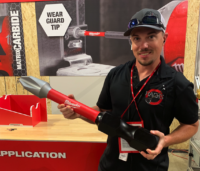
These days have been pretty busy for Bulldog Contractors. “When COVID first appeared, there wasn’t enough hours in the day to get everything accomplished. And once stimulus checks hit, there was a huge spike in work flow. We have been very blessed and fortunate to be working through the pandemic,” says Jeff Keller. A licensed Read more
 These days have been pretty busy for Bulldog Contractors. “When COVID first appeared, there wasn’t enough hours in the day to get everything accomplished. And once stimulus checks hit, there was a huge spike in work flow. We have been very blessed and fortunate to be working through the pandemic,” says Jeff Keller.
These days have been pretty busy for Bulldog Contractors. “When COVID first appeared, there wasn’t enough hours in the day to get everything accomplished. And once stimulus checks hit, there was a huge spike in work flow. We have been very blessed and fortunate to be working through the pandemic,” says Jeff Keller.
A licensed master plumber, Keller works for his father in running Bulldog Contractors in northeast Texas. Bulldog Contractors is a well-rounded company that strives to provide a one-stop shop for its customers, and that’s why Keller specializes in service work for plumbing, electrical and septic, and carries multiple licenses in electrical and septic as well.
Yet, the career path for Keller wasn’t always defined early on. When Keller was in high school, he wanted to be a veterinarian based on his love for pets and animals. “I honestly didn’t have the grades for it, so if I had to guess, I would be in the oil field chasing that dollar,” says Keller.
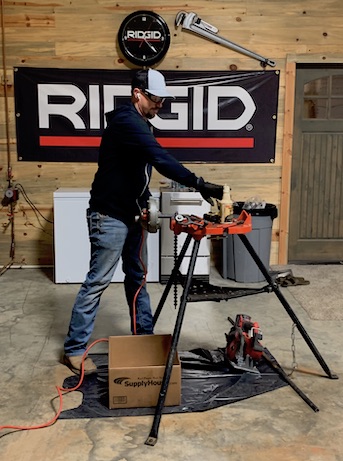 But watching his father succeed in business—and life—was huge for Keller. “I honestly never thought of following in his footsteps growing up. But as I got older, and needed a summer job, I fell in love with the overall variation of different types of jobs and people I encountered on a day-to-day basis,” says Keller.
But watching his father succeed in business—and life—was huge for Keller. “I honestly never thought of following in his footsteps growing up. But as I got older, and needed a summer job, I fell in love with the overall variation of different types of jobs and people I encountered on a day-to-day basis,” says Keller.
To Keller, his father was his biggest motivator. “He put me on a higher pedestal than I would have liked growing up as a kid, but in the end, it turned out very well and it kept my mindset on track. Also, some very deep guidance was from my grandfather—on my mother’s side—as well. The advice, stories, and memories that I have retained has been priceless. If I could be half the man my grandfather was …. they just don’t make them like they used to!” says Keller.
Keller has never looked back as his love for the trades has grown over the years. “In the service industry, you just never know what you are getting yourself into that day,” he says. “I like the uncertainty. The jobs are never identical. It keeps you on your toes and the mind busy,” says Keller. Oh, and as for Keller’s love for animals? “With my current career, I get to see multiple houses a day and their pets; I bond with them and that’s a cool small aspect of my day.”
Moving the Trades Forward
 Concerning to Keller about the trades, though, is the quality of work and labor. “With the trades dying, so does the manpower to get projects completed. So, it’s a rat race to get in and out and onto the next one. Years or even sometimes months down the road we are fixing issues that could have been resolved if some time and quality was put into a job,” says Keller.
Concerning to Keller about the trades, though, is the quality of work and labor. “With the trades dying, so does the manpower to get projects completed. So, it’s a rat race to get in and out and onto the next one. Years or even sometimes months down the road we are fixing issues that could have been resolved if some time and quality was put into a job,” says Keller.
One of the biggest concerns for the trades overall is to infuse young, skilled labor into the trades. “It’s all about advertising and education; they go hand-in-hand. We really need to be getting into the school systems and reaching out to the youngsters. With the way this world is going at this moment, this will be a never-ending battle and a hard one to tackle. ANYTHING is possible, though!”
And when those recruits are ready, Keller suggests not going to school—unless required—to learn the trades, especially if you are going into the service industry. “What a service technician knows and understands isn’t taught in a book. Get into the trade, get your eyes and ears in the field, and become a sponge. Learn everything you can,” says Keller.
Work/Life Tilt & Spare Time
Balancing family time and work is often tough to navigate. Keller’s family understands that sometimes the phone rings and he has to take the call, yet he will always make time for them. There will be work and money to be made, regardless, says Keller and his family is the most important thing that he has and cherishes.
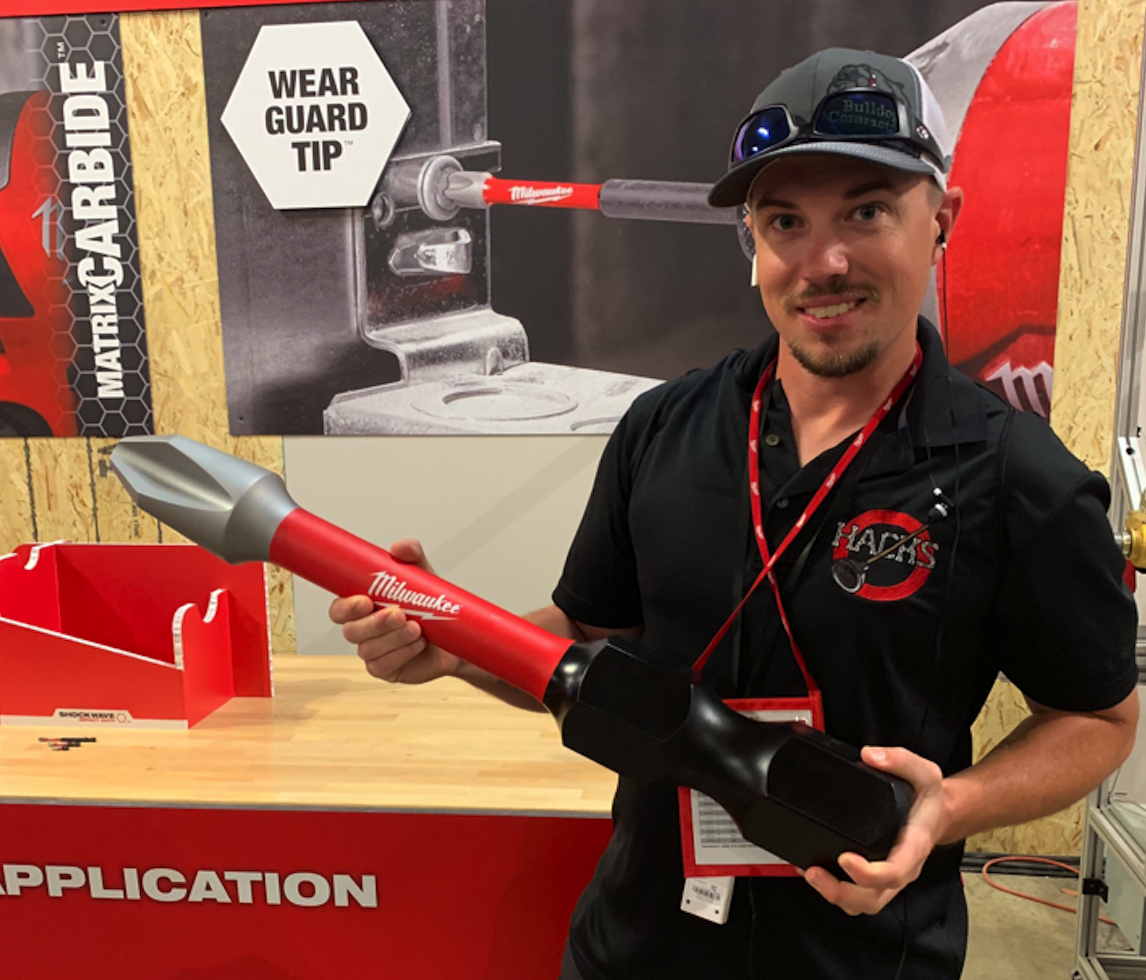 “Some days I make a lighter work load to pick the kids up from school and take them on a field trip, or doctor appointments. I took my middle girl, Elyse, out to ice cream the other day, just us. The little things are what they will hold onto and remember for years to come. My father did the same for me and I plan to pass that onto my family, as well. You must make time for your family because the kids will be grown and gone before you know it,” says Keller.
“Some days I make a lighter work load to pick the kids up from school and take them on a field trip, or doctor appointments. I took my middle girl, Elyse, out to ice cream the other day, just us. The little things are what they will hold onto and remember for years to come. My father did the same for me and I plan to pass that onto my family, as well. You must make time for your family because the kids will be grown and gone before you know it,” says Keller.
For Keller, though, it’s hard for him to sit still so you’ll normally find him in the shop tinkering around mostly cleaning and keeping it organized, and playing with the kids. “The same with my yard, I’ll go mow dirt if I have time! It’s my quiet place if you know what I mean. On the weekends, I enjoy my main hobby, which is fishing—mainly night fishing so the wife and kids sleep through most of it while I’m gone,” says Keller.
Social media has opened many doors for Keller that he would have never imagined. “If someone told me 10 years ago, I would be traveling all over the country—anything from factory tours to trade shows to attending early tool/product releases, I wouldn’t have believed them. I appreciate all the new friends and connections I have made. It’s a true honor.”
What people may not know about Keller is, “I’m a nerd when it comes to numbers and efficiency of my house. During a day I might check the water pressure of my house 2-3 times. Same goes for my current water heater temp—digital display on heat pump unit. And my solar input and output. I keep a close eye on efficiency.”
The last time Jeff Keller said “today is a great day”? “I took off work super early, surprised my wife and we went out and about for the day, no schedule at all.”
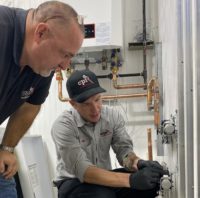
BY JOHN O’REILLY 35-year industry veteran discusses why his employer, CPI Plumbing & Heating, has chosen to invest heavily in developing the tech skills of local high school grads, working with various vendors and suppliers to create a 2,500-sq.-ft. learning facility from scratch. The headlines tell the story with increasing urgency: The shortage of skilled Read more
BY JOHN O’REILLY
35-year industry veteran discusses why his employer, CPI Plumbing & Heating, has chosen to invest heavily in developing the tech skills of local high school grads, working with various vendors and suppliers to create a 2,500-sq.-ft. learning facility from scratch.
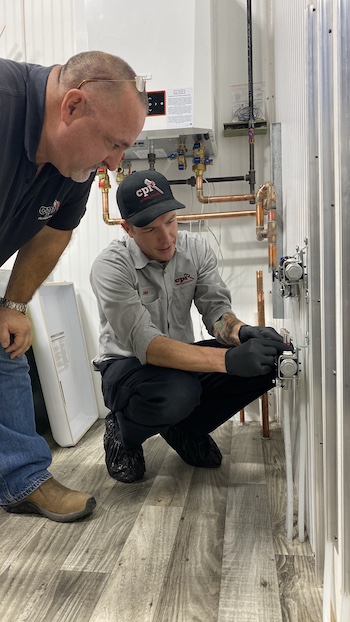 The headlines tell the story with increasing urgency: The shortage of skilled workers in the trades hampers our economy. Work takes longer to complete and costs more because of inevitable delays and fierce competition. This list of reasons why this shortage has reached critical mass is as long as your arm. What isn’t as clear is what to do to correct it.
The headlines tell the story with increasing urgency: The shortage of skilled workers in the trades hampers our economy. Work takes longer to complete and costs more because of inevitable delays and fierce competition. This list of reasons why this shortage has reached critical mass is as long as your arm. What isn’t as clear is what to do to correct it.
That is, unless you’re Steve Murray, a 35-year veteran of the PHCP industry and currently HVAC Division Manager at CPI Plumbing & Heating, a full-service contractor based in Mt. Vernon, Washington, a 60-mile drive north of Seattle on Interstate 5. For Murray and CPI owners Brad Tully and Michael (Oly) Olsen, developing a team of properly trained plumbing and HVAC service technicians is a task just as important as—if not prerequisite to—successfully managing the day-to-day operations of this fast-growing company.
The key to the company’s training effort lies in its recently completed “Training Lab” where young apprentices get to practice the skills taught in the company’s classroom. To outfit the 2,500-square-foot space with the plumbing, hydronic and forced-air HVAC systems the company installs and services, CPI went to the vendors that they rely on every day.
Among the most critical was Uponor North America, because its PEX-a piping and fittings offering are at the core of the company’s plumbing and heating disciplines. Uponor responded in a big way: donating nearly $5,000 of Wirsbo hePEX plus pipe for radiant and hydronic heating applications, as well as fittings, manifolds and controls. Also included was nearly 200 linear feet of Quik Trak plywood panels, used mainly for retrofitting a residential space with radiant heating.
“The CPI Training Lab has been a significant investment for us,” says Murray. “We spent $25,000 to $30,000 outfitting the space. Thanks to Uponor and our other vendor partners, we’ve been able to get much of the material donated. But it is a serious expense, for sure—yet one that we think will pay off, long term.”
In the following interview, Murray tells how CPI ensures it has access to a ready and reliably stable of service technicians, as well as how his background positioned him to lead this important initiative for CPI.
Question (Q): How did the idea for the training room develop?
Steve Murray: The closest training center to Mt. Vernon is 50 miles away, and it isn’t practical to ask guys who have already worked a full day to drive 90 minutes in rush-hour traffic to get to a training class. While there are a few local colleges with some HVAC classes, there is nothing in plumbing. Nor did the available curriculum offer any hands-on learning, which we believed essential.
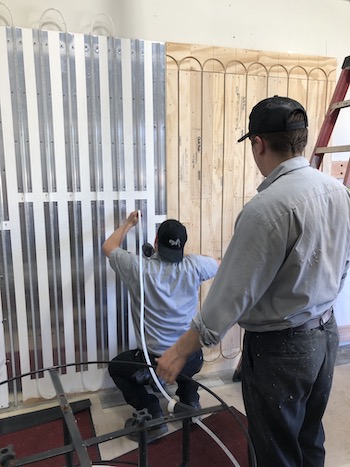 We started by expanding an existing classroom and outfitting it with all the newest audio/visual equipment for online learning. Next, in 2018, we began to transform a junk space every contractor’s shop has into a hands-on lab where apprentices could actually practice what was taught in the classroom. We can now accommodate up to 30 students at one time. Our top techs, Coady Pike and Jake Petterson, help with the training and the curriculum planning as well.
We started by expanding an existing classroom and outfitting it with all the newest audio/visual equipment for online learning. Next, in 2018, we began to transform a junk space every contractor’s shop has into a hands-on lab where apprentices could actually practice what was taught in the classroom. We can now accommodate up to 30 students at one time. Our top techs, Coady Pike and Jake Petterson, help with the training and the curriculum planning as well.
To create an authentic environment, we framed a floor above existing plumbing connections for waste and water connections. The renovated space now has full plumbing facilities: a working bathroom, urinal and kitchen. We also have all the mechanical systems our techs work on in a home: two combi-boilers, two furnaces and air handlers, an electric furnace and, with Uponor’s help, radiant heating on the wall. We also have all kinds of water heaters, tank and tankless.
Q: What is your background and how did you gravitate to training?
Murray: After high school, I joined the Coast Guard. The trade skill in that branch of the military is called “damage control.” On a ship, damage control involves everything from firefighting, to taking care of plumbing systems, to welding and carpentry. That’s where I learned how to maintain plumbing and hydronic systems.
After five years, I left the service and got a job working for a maintenance/property management company, maintaining large apartment buildings in the older part of Seattle. From there, I worked for various contractors, becoming a journeyman plumber and HVAC service technician. Eventually, I opened my own shop for a time.
The one constant at every company, including my own, was a need for trained personnel. Most applicants lacked the necessary skills; or, worse, they had really bad habits. So, I started devising in-house training programs.
At the same time, I taught the plumbing apprenticeship track at a local trade organization called the Construction Industry Training Council. Working two jobs and commuting two hours each way for work eventually became too much. So, in 2016, I joined CPI, which is just 10 minutes from my house.
The owners wanted to grow their HVAC business, and I took on the role of HVAC Division Manager. We’re still working to grow it, and it has been a challenge, mainly because we just don’t get a lot of already properly trained candidates. That’s really what it boils down to.
Q: Who are the students and how do you find them?
Murray: Most are high school grads who CPI has hired. The average age of our apprentice crew is 20, although the average apprentice nationwide is 27, so we’re significantly below that.
Recruitment isn’t easy. Our marketing person participates in all the Chamber of Commerce meetings and all the local contractor trade groups. Last year, we started an outreach program to the local high schools, hosting meet-and-greets at the schools with graduating seniors, talking to them about the opportunities in the trades. We also host monthly open houses for interested kids and their parents. They tour the CPI Career Center and talk about what it’s like to work in the trades. That is really our best opportunity.
There is no perfect system to find the right people, and it is pretty easy to get disillusioned. So many high school guidance counselors still think every student needs to go to college to have a meaningful life. It makes no sense to me. Kids need to hear the message that the trades are a real career option that can provide a good living, post-apprenticeship training.
Q: How many young people are a part of the CPI apprenticeship program right now? What is the curriculum they follow?
Murray: Pre-COVID 19, our classes had 8 to 10 students, now it’s 3 to 5 students per session, so we can spread out.
We have done a couple of things to create the curriculum. We’ve pulled pieces together from Skill Mill (Interplay online for task-based learning), the National Center for Construction Education and Research, NATE [HVAC Courses], as well as content from the Illustrated Plumbing Manuals. I am in the classroom and can monitor what each student is learning online and can supplement that with real-world instruction on what we encounter in the field. Half a day is spent on online lessons; the other half, we’re going to the training lab to practice those skills, hands-on.
Right now, the curriculum is based on a three-month, eight-hours-a-day learning. We call it “boot camp.” Once a student graduates boot camp, he or she works in the field, side-by-side with a journeyman-level technician. Six months to a year down the road, we bring each apprentice back in for a refresher and a hands-on evaluation. There are performance tests each must pass before working independently with a customer.
Q: Do most students pick one track or another, plumbing or HVAC?
Murray: Some do both. From our perspective, it would be great if everyone did. But some lack the interest; others lack the proper skill set. Michael Olson and I are fully licensed journeyman plumbers and fully licensed HVAC technicians. We have the advantage of being able to model that opportunity for students who want to do both.
Q: What’s the advantage to CPI in developing its own young talent?
Murray: We have the confidence that the people we train know how to do things correctly. So much of what goes on in the trades is learning, one person to another. That system relies 100 percent on the person doing the training, teaching the right way to do the work. Without standardized curriculum, that is a crapshoot. The Training Lab allows us to make sure, before we send anyone into the field, they are trained to do work correctly — the way we want it done.
Q: Cynics say: Why spend the money on training, knowing that a trainee may leave and take the skills and all that investment to a competitor?
Murray: We hold ourselves to a very high standard. We want to be the best at turning out quality people. Better to train someone and run the risk of losing them, than not train them and run the risk that they will stay.
